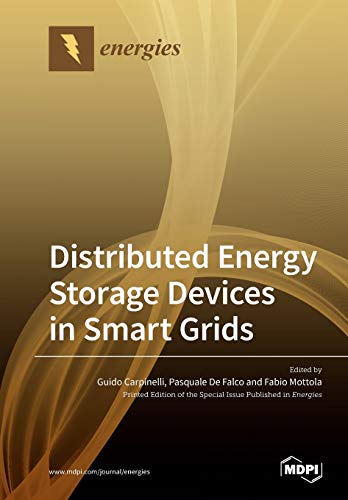

Most ebook files are in PDF format, so you can easily read them using various software such as Foxit Reader or directly on the Google Chrome browser.
Some ebook files are released by publishers in other formats such as .awz, .mobi, .epub, .fb2, etc. You may need to install specific software to read these formats on mobile/PC, such as Calibre.
Please read the tutorial at this link: https://ebookbell.com/faq
We offer FREE conversion to the popular formats you request; however, this may take some time. Therefore, right after payment, please email us, and we will try to provide the service as quickly as possible.
For some exceptional file formats or broken links (if any), please refrain from opening any disputes. Instead, email us first, and we will try to assist within a maximum of 6 hours.
EbookBell Team

4.0
86 reviewsEnergy storage systems have been recognized as viable solutions for implementing the smart grid paradigm, but have created challenges in terms of load levelling, integrating renewable and intermittent sources, voltage and frequency regulation, grid resiliency, improving power quality and reliability, reducing energy import during peak demand periods, and so on. In particular, distributed energy storage addresses a wide range of the above potential issues, and it is gaining attention from customers, utilities, and regulators. Distributed energy storage has considerable potential for reducing costs and improving the quality of electric services. However, installation costs and lifespan are the main drawbacks to the wide diffusion of this technology. In this context, a serious challenge is the adoption of new techniques and strategies for the optimal planning, control, and management of grids that include distributed energy storage devices. Regulatory guidance and proactive policies are urgently needed to ensure a smooth rollout of this technology. This book collects recent contributions of methodologies applied to the integration of distributed energy storage devices in smart power systems. Several areas of research (optimal siting and sizing of energy storage systems, adaption of energy storage systems to load leveling and harmonic compensation, integration for electric vehicles, and optimal control systems) are investigated in the contributions collected in this book.